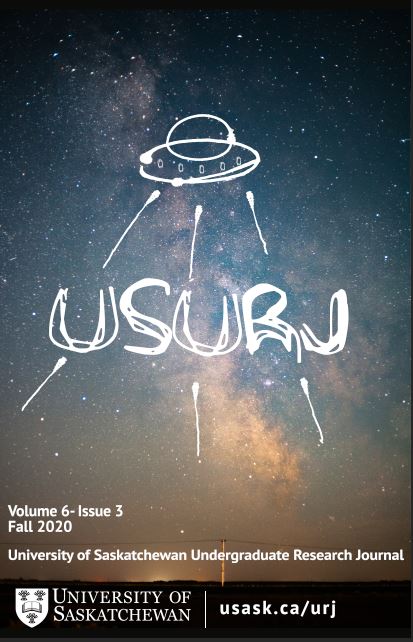Fibre Content and Fibre Fortification of Menu Items Served to Sherbrooke Community Centre Residents on Texture Modified Diets
Main Article Content
Abstract
Background: Research has shown regular and texture modified menus in long term care (LTC) homes provide less than the recommended Dietary Reference Intake for dietary fibre. Constipation may result from inadequate fibre intake and be treated with laxatives and enemas, which may have implications for quality of life. Increasing the amount of fibre provided from texture modified diets may decrease use of such treatments and improve daily fibre intake.
Objective: This study was part of a health improvement initiative for residents at Sherbrooke Community Centre (SCC). The goal of this study was to measure the baseline amount of fibre provided to residents on texture modified diets and to increase fibre provision by 5-10 grams per day.
Methods: This study involved: 1) determining the fibre content of the texture modified menu for residents on pureed and minced diets; 2) identifying fibres and foods suitable for a fibre fortification trial; 3) conducting a fibre fortification trial and identifying fibre-food combinations for a taste test; and 4) conducting a taste test with SCC staff to assess acceptability of fibre fortified menu items. Thirty SCC staff were included.
Results: The average daily fibre provided was 13.4 grams. The fibre fortified foods best accepted by participants were mashed potatoes with red lentils, pudding with pea hull fibre, and gravy with pea hull fibre.
Implications: We recommended SCC incorporate the best accepted fibre fortified menu items into their regular and texture modified menus, allowing the daily average amount of fibre to increase by 5.39 grams per day.
Downloads
Article Details
Section
Articles: USURJ’s current Publication Agreements apply a Creative Commons Attribution-NonCommercial License (CC-BY-NC) by default. The CC BY-NC license lets others remix, tweak, and build upon work non-commercially. The author(s) can choose a different CC license, as outlined in https://creativecommons.org/about/cclicenses/. Please see the PDF for each article to determine what license is applied to that article. Author(s) can also request to reserve all copyright (All Rights Reserved). If there is no indication for articles published before September 2020, assume the author retains all rights beyond those necessary for publication by USURJ. All articles published after September 2020 will apply one of the aforementioned CC licenses. See the Publication Agreement under the Submission Preparation Checklist or Author Guidelines for more information. Artwork: All copyright for the original artwork remains with the artist unless they wish to apply a Creative Commons (CC) license to the artwork. Please see the PDF for each artwork to determine what license is applied to that artwork.
